Bath, North Carolina is a town steeped in history. As the oldest town in NC, Bath carries with it a legacy of early American settlement and maritime lore. Here, amidst the tranquil waters of the Inner Banks, Blackbeard, the infamous pirate, found his final home. So, join me as we explore the top things to do in Bath, NC.
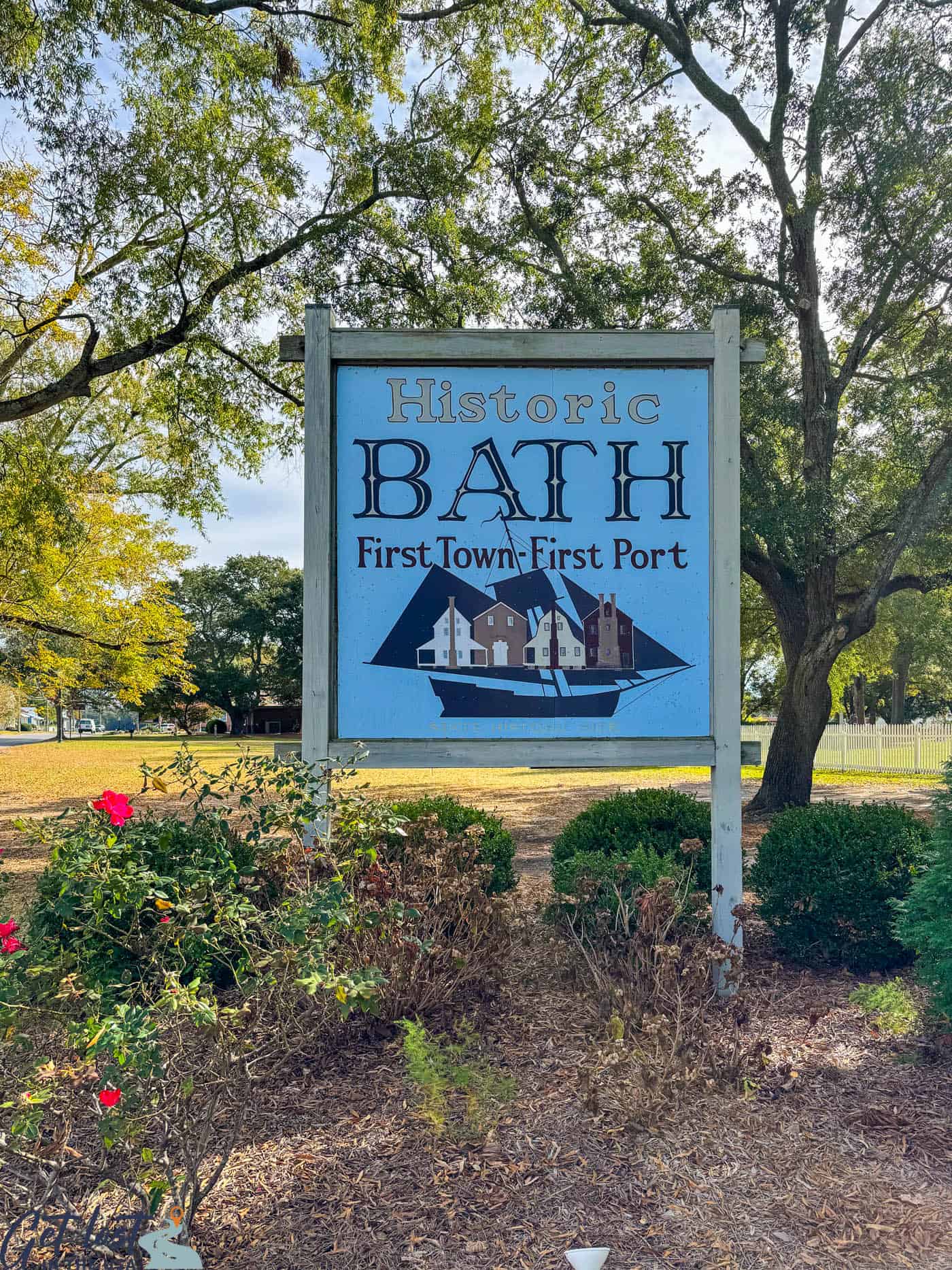
Hit the Highlights
I’ve got lots of detail on the best things to do in Bath NC below, but if you’re short on time and can only see a few things, here are the must-see attractions:
- Take a guided tour of the Palmer-Marsh House, the oldest standing home in Bath.
- Take a guided tour of the Bonner House.
- Peek in St. Thomas Episcopal Church, the oldest standing church in North Carolina.
Keep reading for specific details on these highlights and lots more info on Bath NC (Blackbeard and beyond.)
Where is Bath NC?
Nestled along the picturesque shores of the Pamlico River in the eastern part of the state (where I live!), Bath, North Carolina, resides in Beaufort County, approximately 20 minutes from Washington NC, and about 45 minutes from Greenville NC..
More Fun in the Region:
- Washington NC – Hidden Gem of the Inner Banks
- Washington Waterfront Underground Railroad Museum
- Turnage Theatre – Why You Need to Visit This Historic Theatre in Washington NC
- PirateFest Greenville NC – A Swashbuckler’s Paradise
What’s the Bath NC Blackbeard Connection?
Blackbeard (Edward Teach) lived in Bath near the end of his life when Governor Eden offered him a pardon for his piracy. Local legend suggests he might have resided on the peninsula, yet all homes from that era have disappeared, leaving the truth unknown. Regrettably, he reverted to piracy, meeting his demise just a few months later in Ocracoke.

Fascinated with Blackbeard? One of the best information sources on Blackbeard is the book General History of the Robberies & Murders of the Most Notorious Pirates, so if you love pirate lore, pick up a copy of the book!
Things to Do in Bath NC
Bath, NC, founded in 1705, is a tiny little town with just over 250 residents. The town’s historical significance, including ties to Blackbeard, the Pirate, can be explored by touring its well-preserved homes and structures.
This guide is designed to give you an overview of the historic sites in Bath, allowing you to decide how you’d like to immerse yourself in its rich history, be it through guided or self-guided exploration. (I did a little of both!)
Map of Bath NC Historic District
As you can see on the map, historic Bath, North Carolina is a very small, walkable area—just over 1 square mile—encompassing the original town limits. You can easily see everything in a half day, making it a great day trip!
Parking is available next to the Van Der Veer House and across from the historic Bath School (where the NEW visitor center is.)
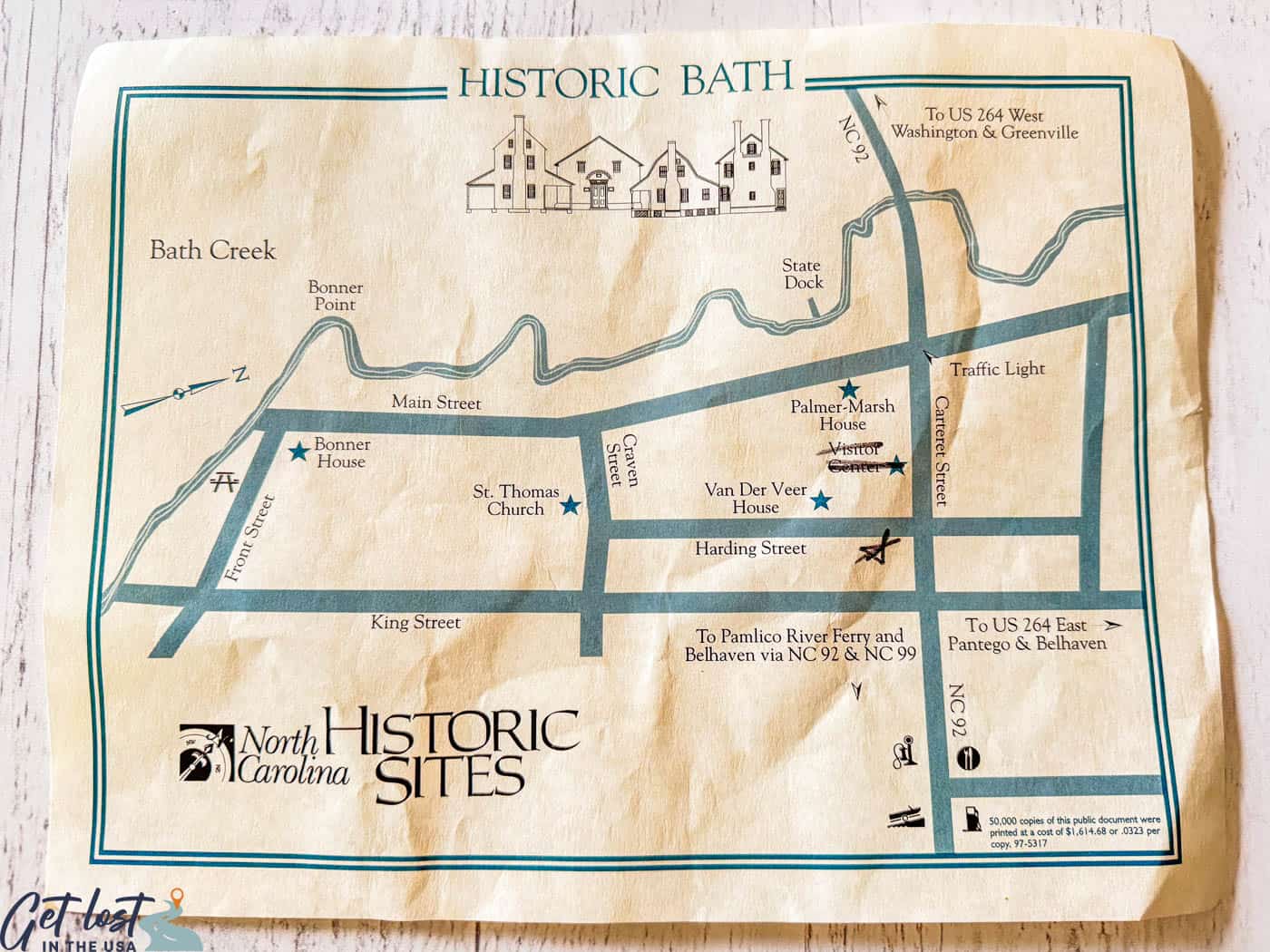
Start at the Visitor and Exhibit Center (Tickets for Guided Tours Are Here)
Historic Bath School
Corner of King and Carteret Streets
Hours: Tues-Sat 9-5, except holidays
Restrooms available.
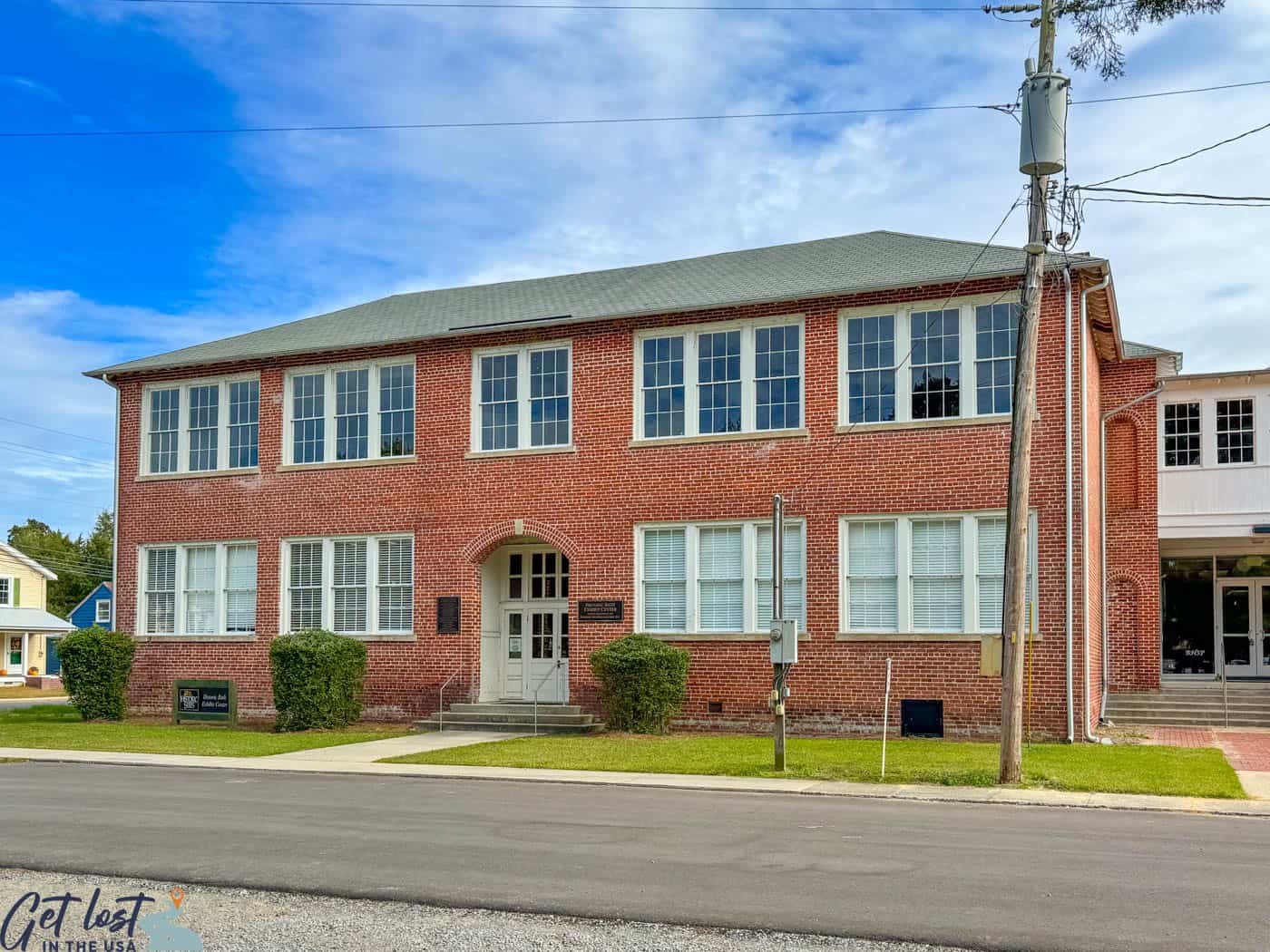
Inside the visitor center, guests may watch a short 2-minute introductory film, visit the exhibits, pick up a map and walking tour brochure, and sign up for guided tours of the Palmer-Marsh House and the Bonner House. ($2 per person, per house + tax.)
Note: A guided tour is the only way to see inside the Palmer-Marsh House and the Bonner House. I highly recommend it. Tours are offered Tuesday-Saturday at 10:30 am, 1 pm and 3 pm. If you want to tour both houses—yes, you do!—you’ll walk to the Palmer-Marsh House and then ride in a golf cart to and from the Bonner House.
Be sure to allow enough time before or after your tour to explore the exhibit center where you’ll uncover Bath’s history. Its past is woven with tales of political corruption, yellow fever epidemics, piracy (Blackbeard!), and wars with Native Americans.
The visitor center used to play a looping 15-minute overview film. It’s still available to view on YouTube if you’d like more of Bath’s history. Fair warning: it’s very dated and… well, I’ll leave it at that.

Palmer-Marsh House
South Main Street
(Guided tours are available through the visitor center.)

Although named the Palmer-Marsh House, Captain Michael Coutanch, whose grave rests in the cemetery behind the home, was its actual builder. The tour commences in the cemetery, where our guide unravels the stories of Captain Coutanch, Robert Palmer, and Jonathan Marsh, the most notable homeowners. Subsequently, we are led to the house itself, meticulously arranged to reflect the time period of Robert Palmer.

The most interesting architectural feature of the Palmer-Marsh House is the massive double chimney. The two windows lead to small external closets, and the house is painted in its original Spanish brown color.

Captain Coutanch constructed the home north-south to capture the breezes and maintain a cool interior and utilized the main central hallway for business and political meetings.

Captain Coutanch likely built the large room facing Main Street as a storefront, although it’s currently set up as a parlor. He brought in goods on his schooner and sold them here. The unusually large fireplace, more common in taverns and public houses, is another indicator of this.
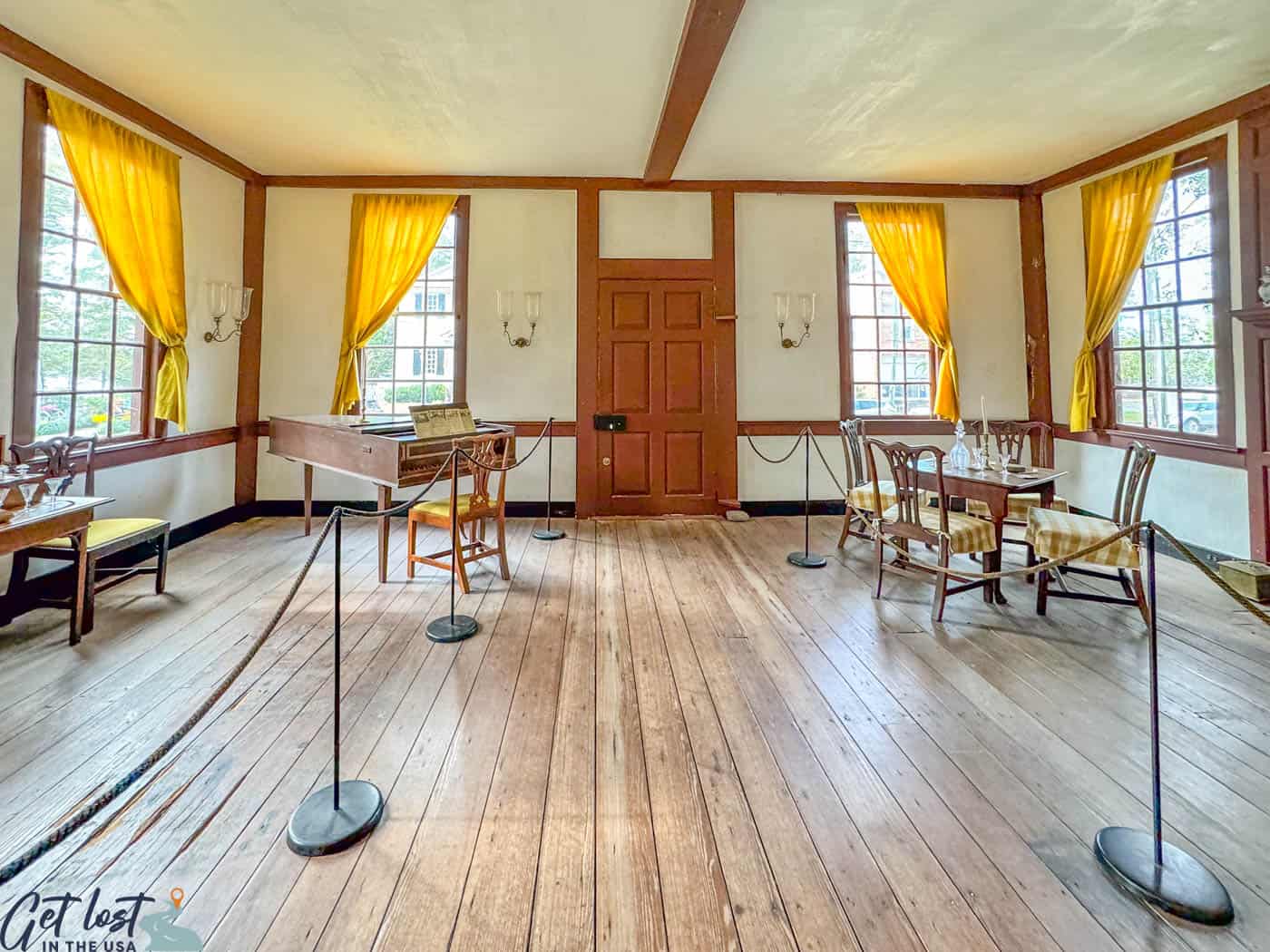
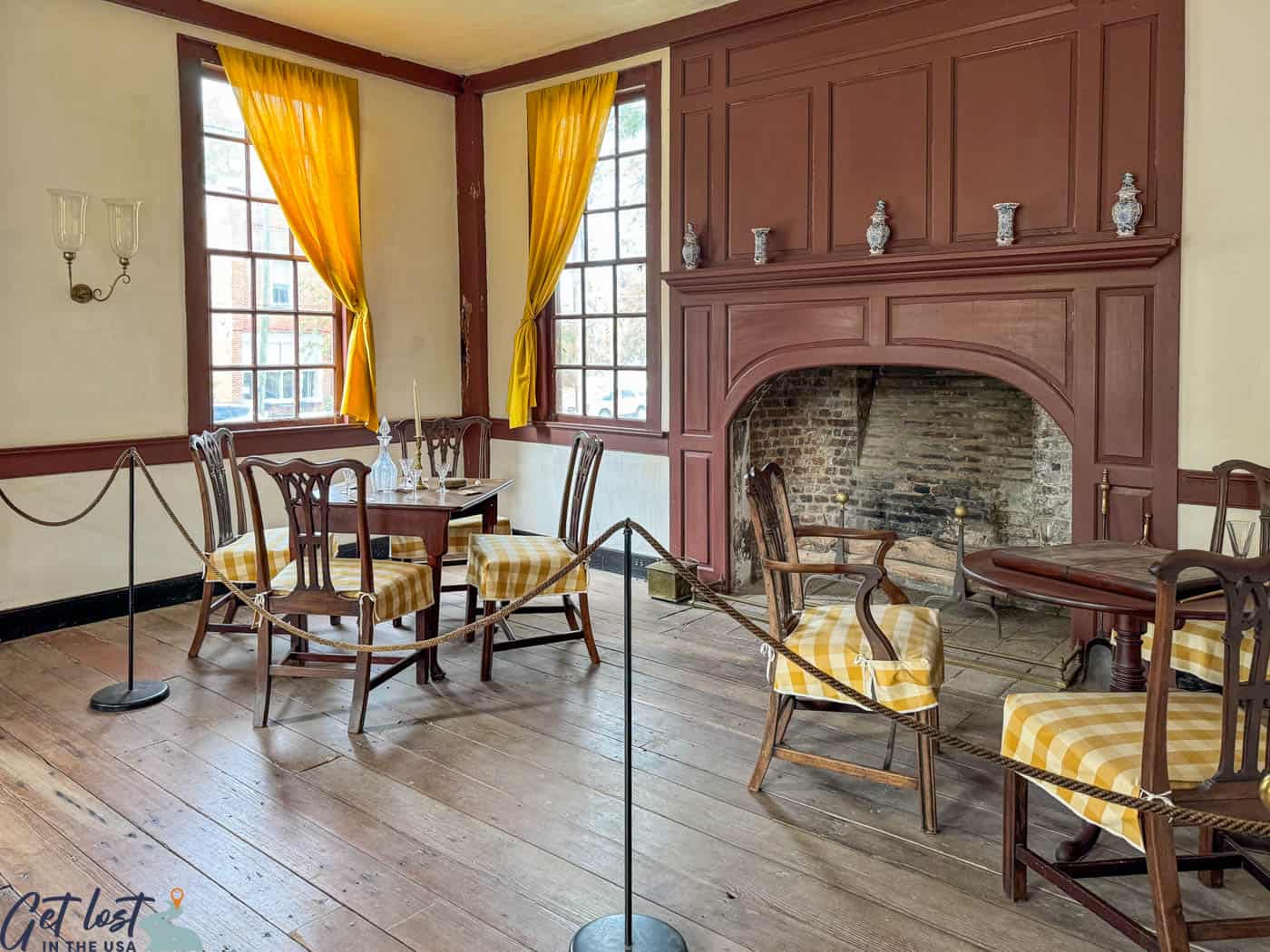


After viewing the first floor, we went upstairs to see the bed chambers and the home’s private spaces. The Palmers had three children but also entertained high-ranking officials including William Tryon.


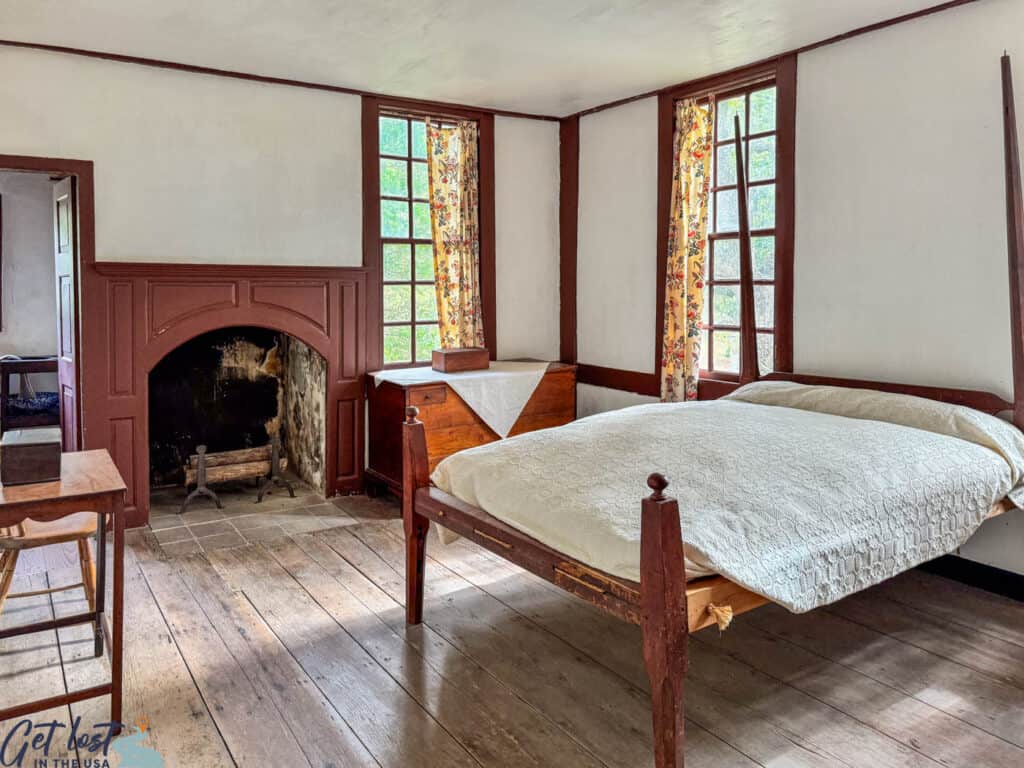



Finally, our tour took us down into the cellar kitchen. There’s very little light in the cellar, so the walls were whitewashed to help reflect whatever artificial light they used. The lime in the whitewash also helped prevent bugs from getting in.

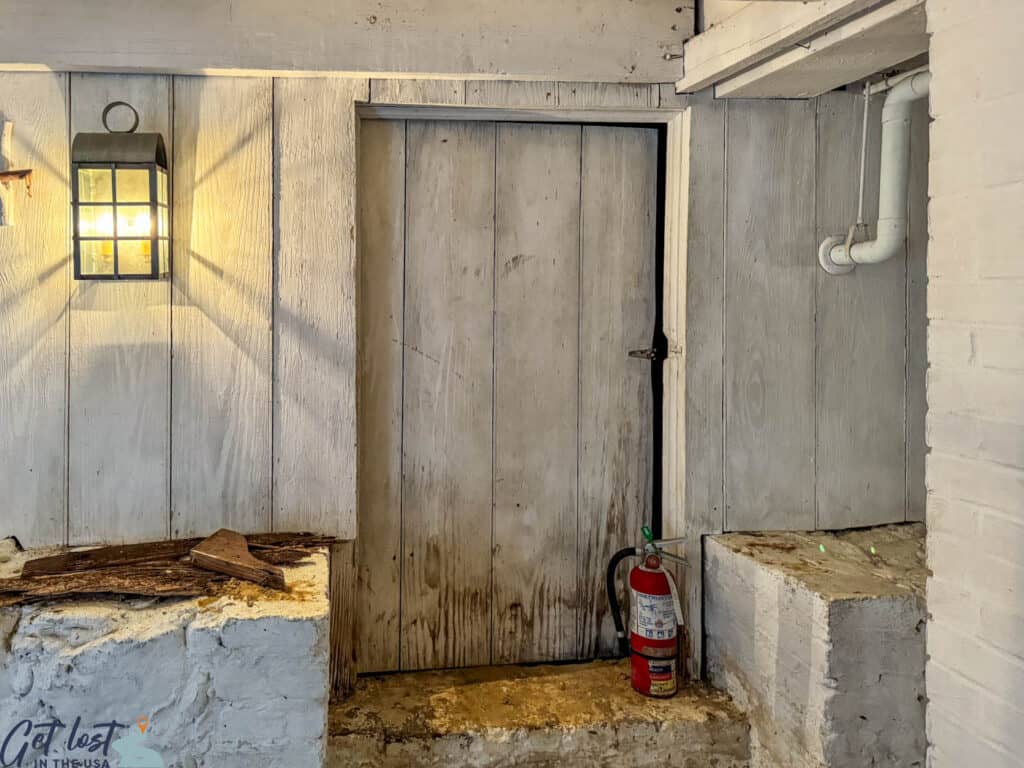

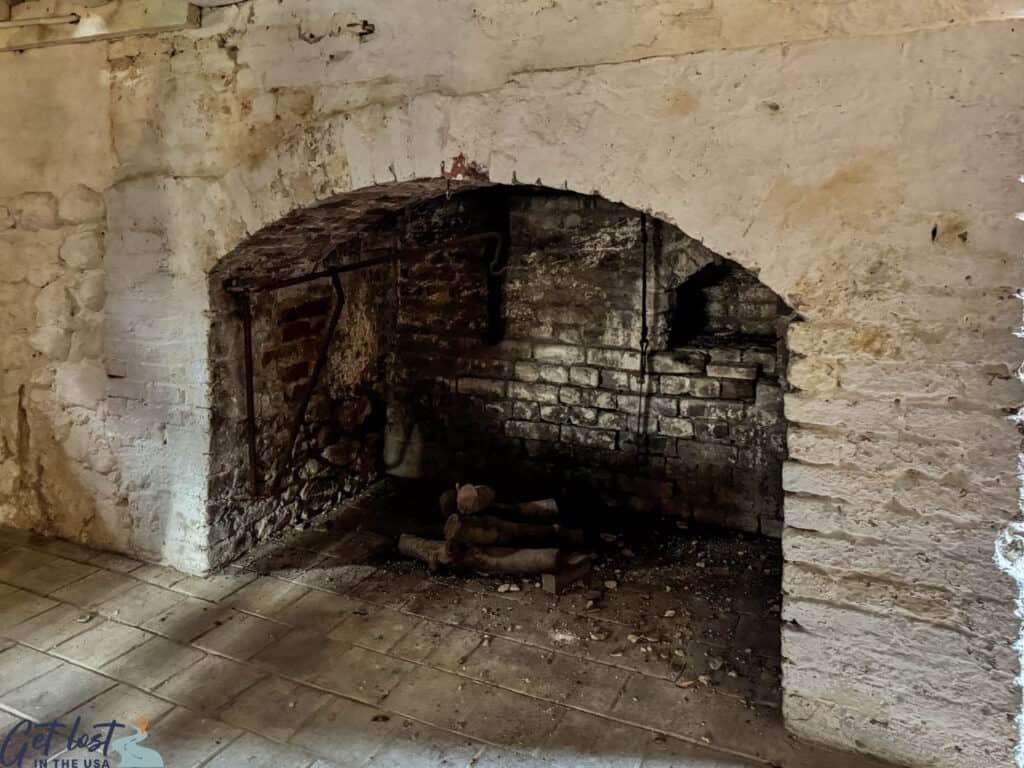
The Bonner House
Front Street
(Guided tours are available through the visitor center.)
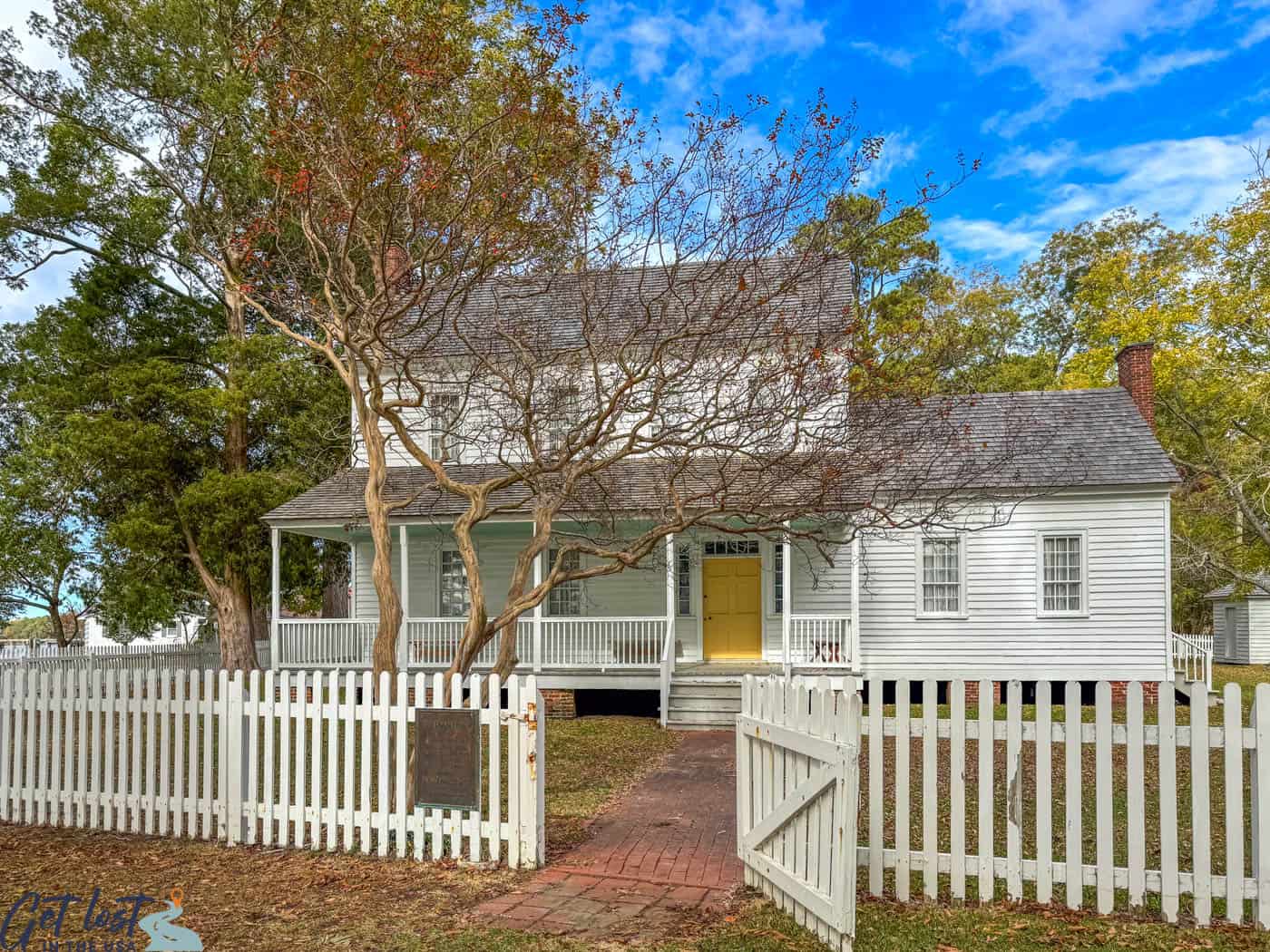
Following our tour of the Palmer-Marsh House, we hopped on a golf cart for a ride to the Bonner House. Our tour guide shared information about other historic locations along the way including the waterfront area of Bonner Point.
Early settlers chose Bath as the first port city in North Carolina because of its access to water for trade. However, due to its limitations as a shallow port, Bath remained small and did not experience the growth seen by other major port cities at the time.

John Lawson was among the first Europeans to travel extensively through North and South Carolina. He founded two settlements in North Carolina, New Bern and Bath; he built his home in Bath.
At the onset of the Tuscarora War, John Lawson met his demise, leaving the house to his wife. Subsequently, she passed it on to their daughter, Isabella. When Isabella leaves town, the house changes hands several times, eventually falling into ruins. The Bonners purchased the lot in the 1830s and built the current home.
On our way inside, the tour guide pointed out the chimney foundation from the original Lawson house. That’s all that remains!

The Bonner House strategically aligns north-south, capitalizing on coastal breezes for ventilation. The tour predominantly showcases its period furnishings and artifacts, highlighting some particularly intriguing items.
When you enter the house, turn around and look at the window panes by the front door. The Bonner family etched their names into the glass. (I tried to take photos, but capturing the engravings proved to be impossible.)
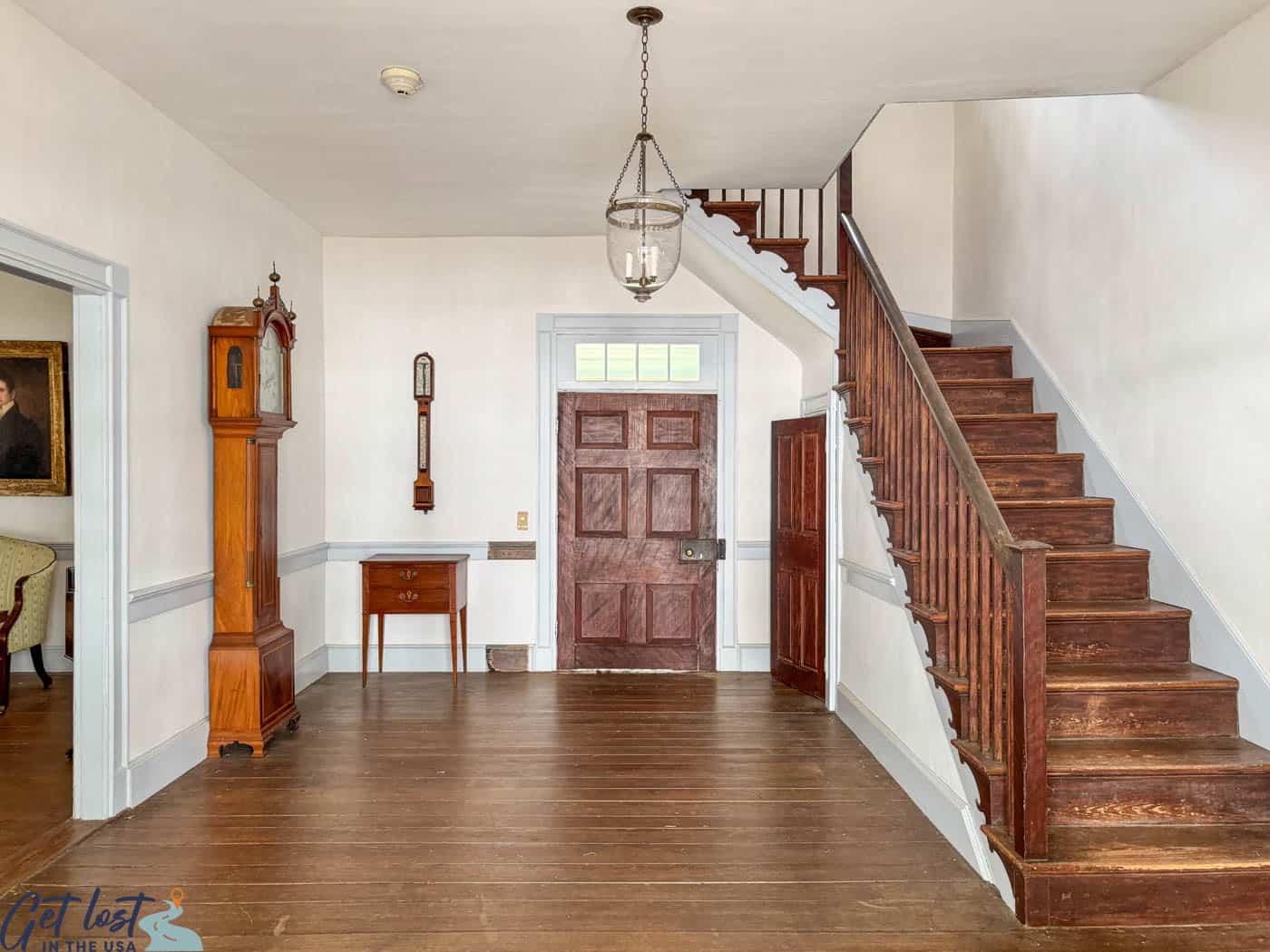
An interesting cane backrest in the parlor was designed to “air condition” seated guests by allowing airflow through the sides. I’ve never seen anything like that before! OUr guide also pointed out the portable writing desk which he jokingly referred to as an 1800s laptop.


In the dining room, the artwork was especially interesting. The piece over the fireplace is part painting and part embroidery. Be sure to look at it up close! Also, check out the Tree of Virtue and Tree of Vices paintings on the wall. Guess which one has more fruit!

We also toured the upstairs bed chambers. There were several interesting features in the main bedroom.
- ✅ Woodgrain painting on the door and dresser mimics the appearance of exotic wood, with the dresser also featuring intricate stamping.
- ✅Pickle painting – Notice the peeling paint along the chair rail, door, and window frames. That was intentional! It was a fad in the 1800s.
- ✅Baseboard – Compare the difference in the striped marbling from one side of the room to the other. Either they got better as they moved around the room or got lazier. Just a fun thing to notice!

Finally, we went out to the reproduction kitchen. It’s set up to illustrate how both enslaved quarters and a working-class home would have looked like at the time.
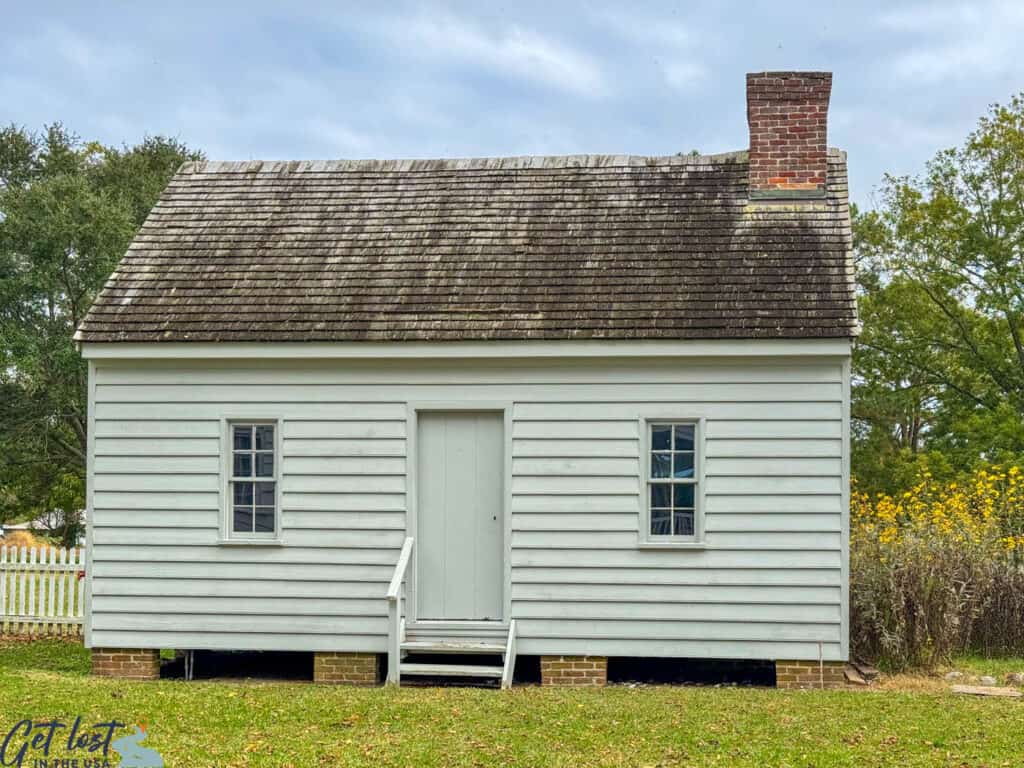



St. Thomas Church
Craven Street
Usually open during the day to visitors.
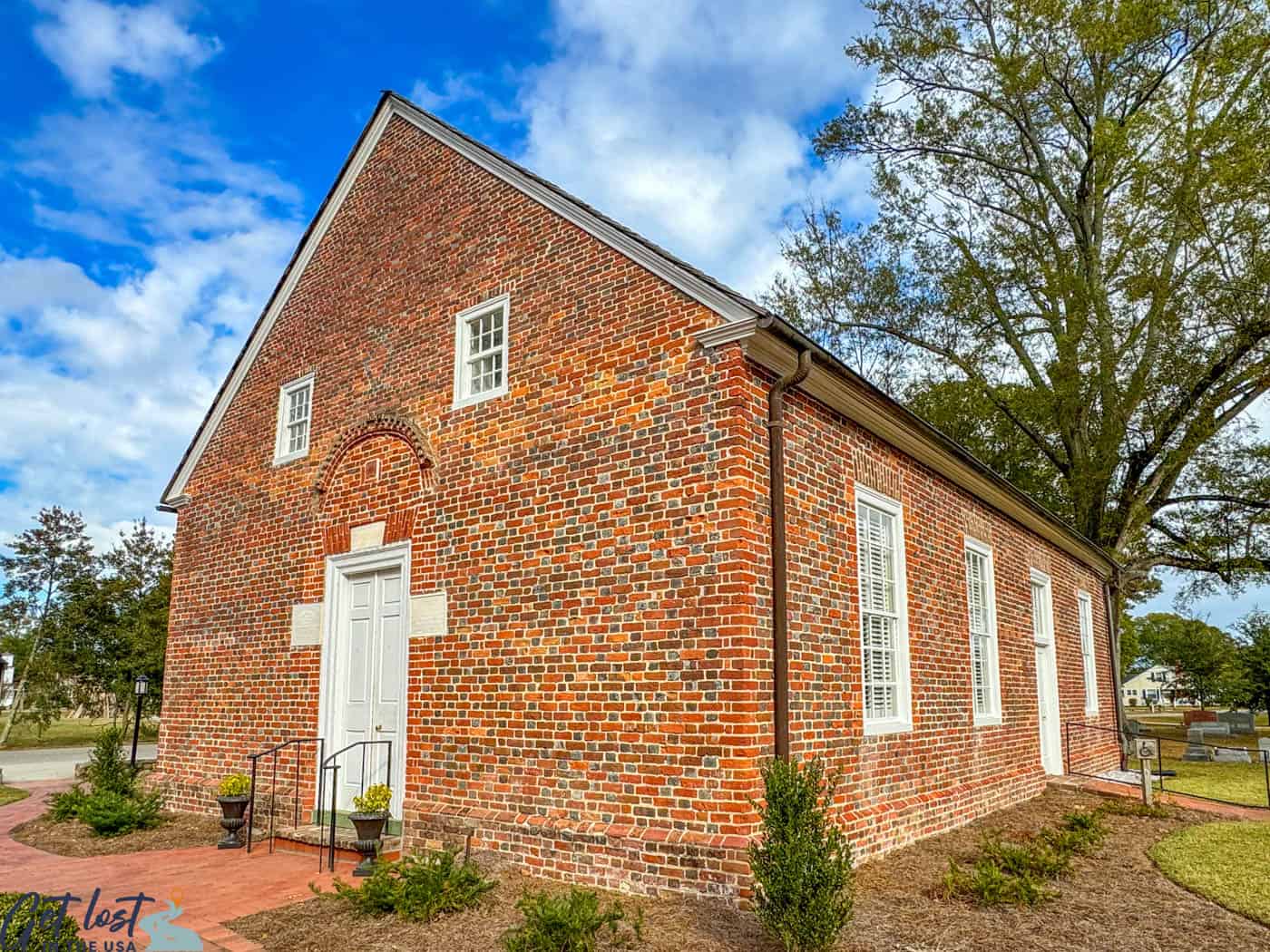
Built in 1734, St. Thomas Episcopal Church is the oldest church in North Carolina and is still active. The “St. Thomas parish in Pamplico”, pre-dating Bath Town’s incorporation, possessed a valuable library of 1,050 books acquired by Dr. Thomas Bray. The books were a source for worship services and the only connection to the established church for years. When Reverend John Garzia agreed to become the rector, he initiated the construction of the brick church.
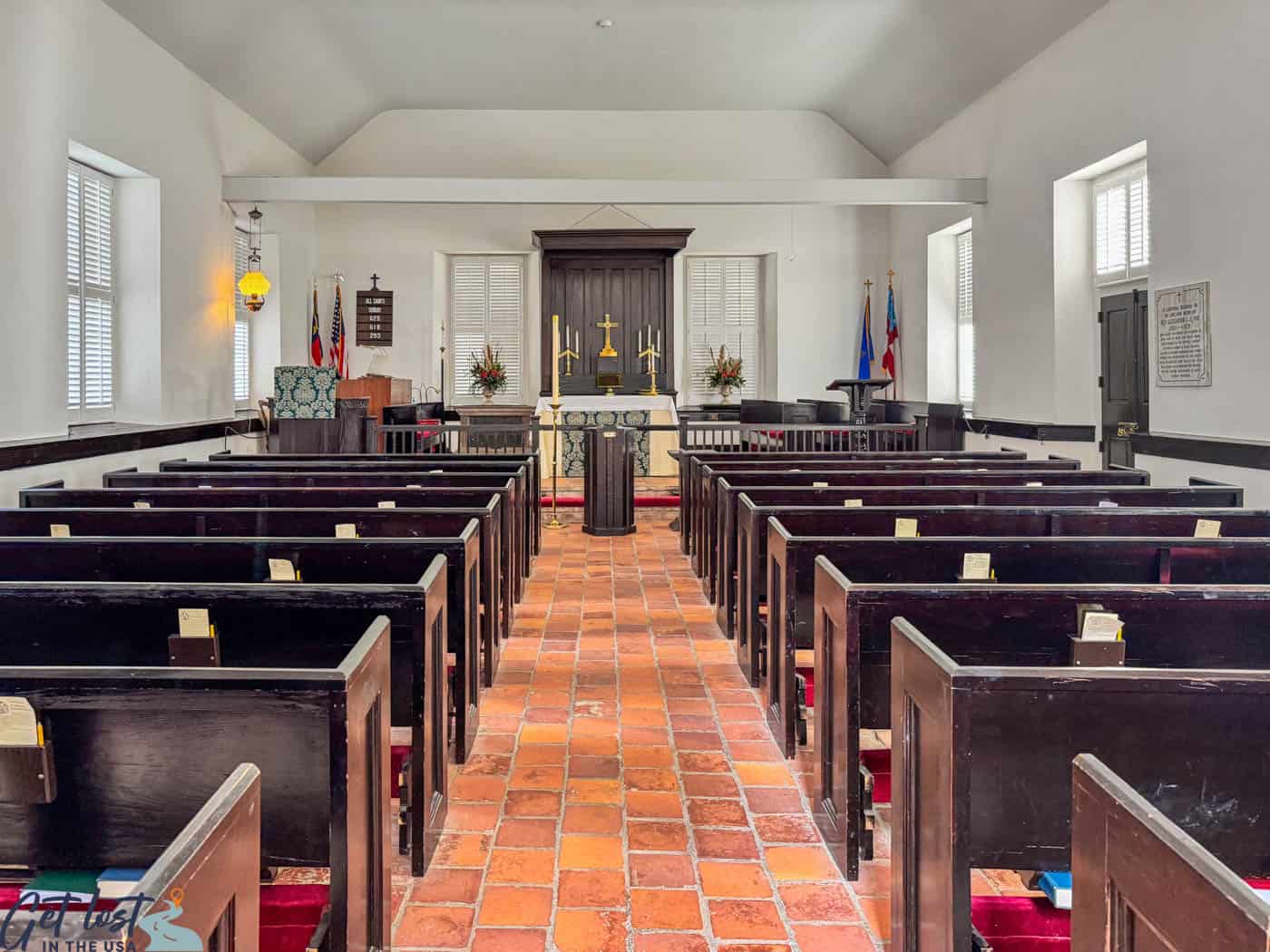
One-Mile Historic Walking Tour of Bath
Pick up a Historic Bath Walking Tour map at the visitor center and enjoy a leisurely one-mile stroll past 24 historically significant locations. The brochure provides brief info about each of the tour stops. You’ll also see several historical markers along the way that aren’t on the printed map, so keep your eyes open!
We walked the entire route, but you could certainly drive it if you wanted. I took pictures of everything on the tour, but I’ll include just a handful of them below as an idea of what you can see.

James Adams Floating Theatre
In the early 1900s, the James Adams Floating Theatre, founded by James Adams and his wife Gertrude, cruised the Chesapeake Bay, bringing live performances to towns from Maryland to North Carolina. Edna Ferber even hopped on board in Bath, NC, to write her 1926 novel that inspired the Broadway hit Show Boat.
Traveling from venue to venue, the showboat provided entertainment for isolated communities, staying six nights in one spot before moving on. Despite a decline in the 1930s, the theater persisted until 1941 when it tragically burned while being towed to Savannah, Georgia for repairs.

Williams (Glebe) House
Built for Joseph Bonner’s business partner, Samuel Lucas, the home now serves as the glebe/rectory for St. Thomas Church.

Carrow House
The Carrow House is a good example of the modest one-story residences that once peppered the town of Bath. It was very common for local fishermen and their families in the late 19th century.

Van Der Veer House
South Harding Street
Open for self-guided tours Tues-Sat 9 am-4:30 pm.
This home is a museum for the Bath State Historic Site and features exhibits about Historic Bath.

Bath AME Zion Church Site and Cemetery
This site was where the Bath African Methodist Episcopal Zion Church once stood. The AME Zion denomination, officially established in New York City in 1801, traces its roots back to the 1790s when African-American Christians, facing discrimination, found it necessary to establish their own churches. The cast iron bell is the only remaining artifact from the church. A memorial marker in the adjacent cemetery lists the parishioners buried there.

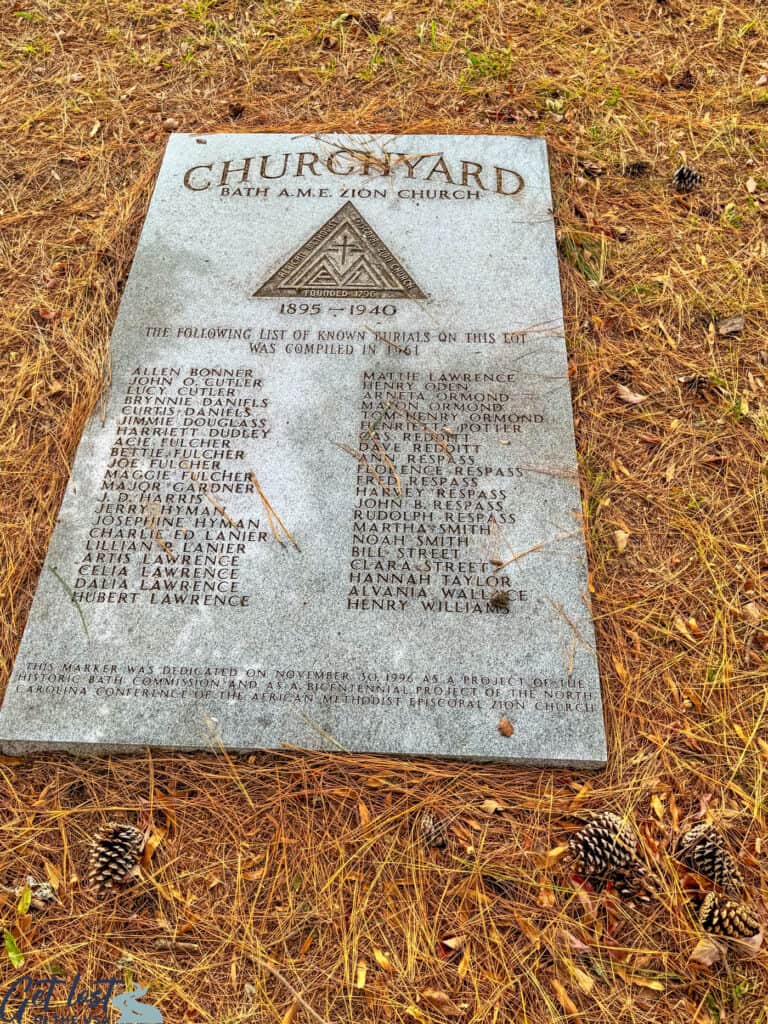
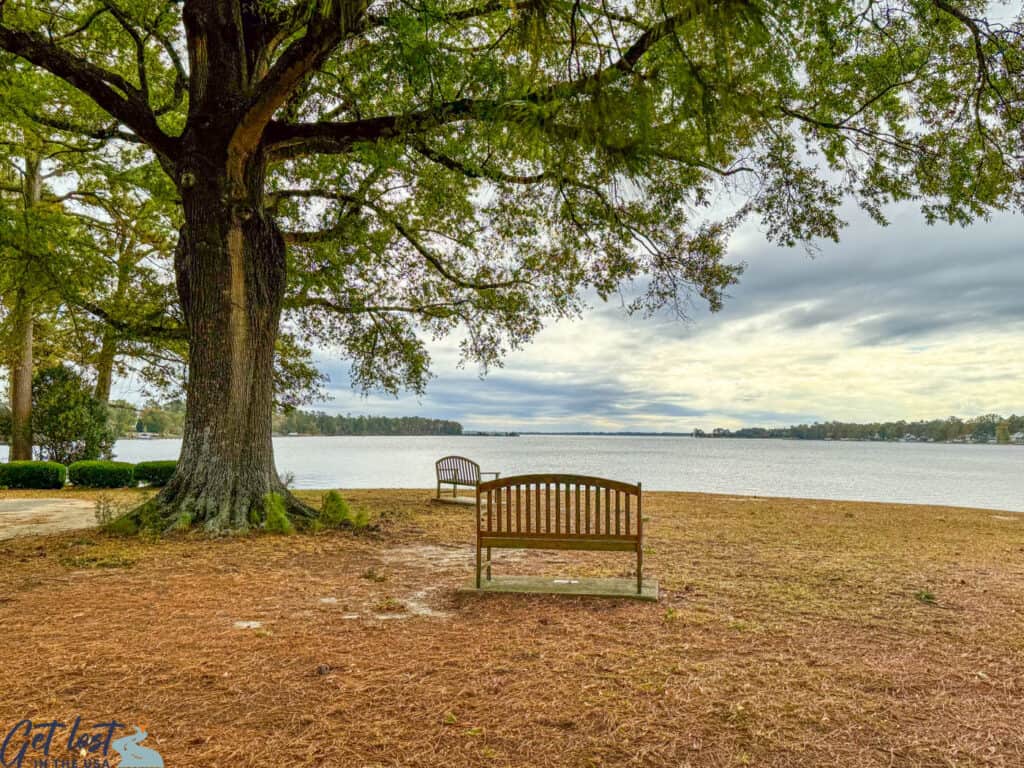
Lawson’s Walk
This charming pathway, named for John Lawson, shaded by a canopy of trees, marks the northern edge of the Bath Historic District. Along this route, you’ll encounter informative panels and recreational stations. Lawson’s Walk is perfect for a relaxing stroll or bike ride.

Where to Stay in Historic Bath, North Carolina
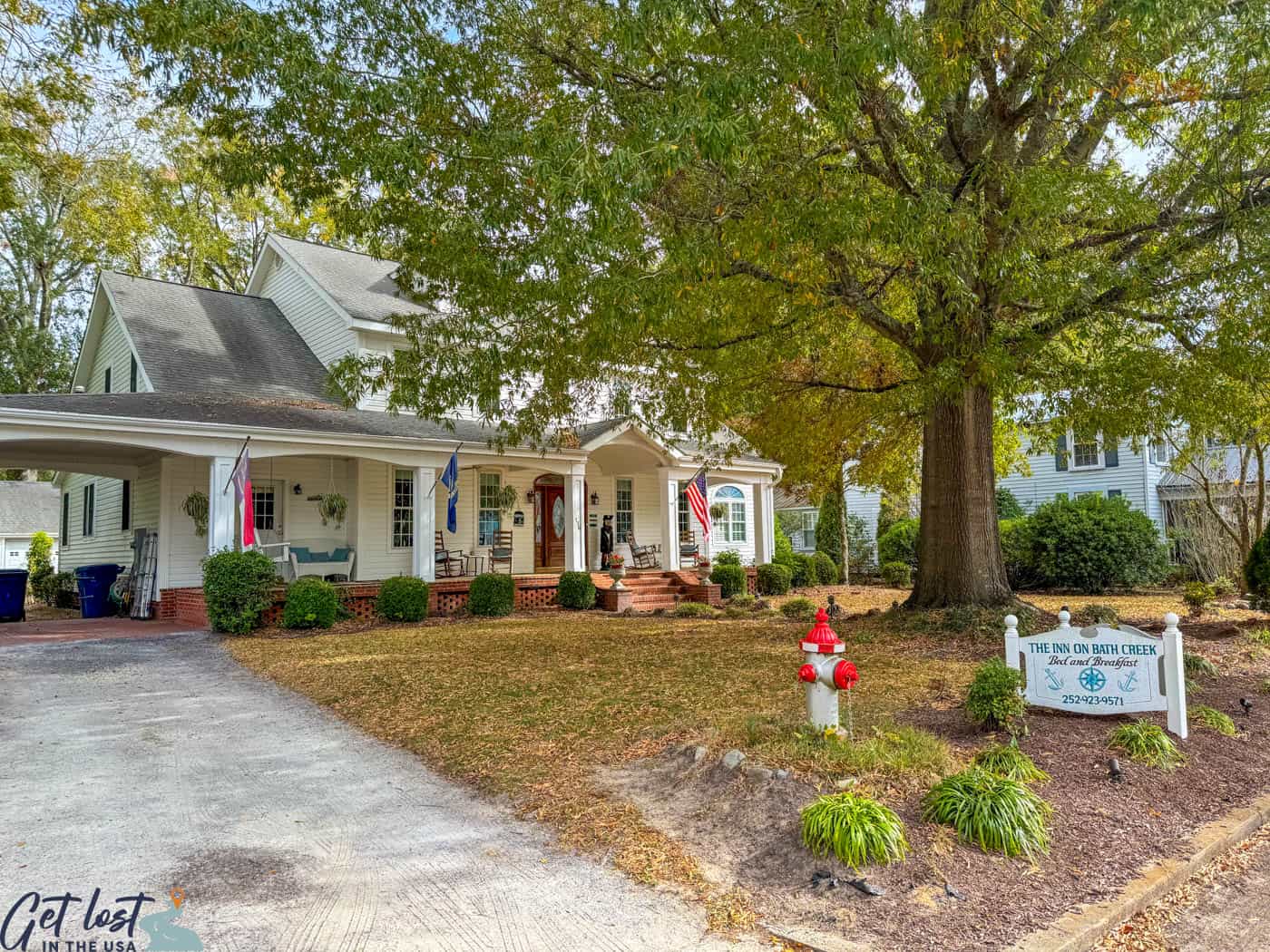
For the ultimate Bath experience, stay in the midst of the historic district at The Inn on Bath Creek. Choose one of four ensuite rooms and enjoy a full home-cooked breakfast each morning. Check Rates and Dates.


Leave A Reply!